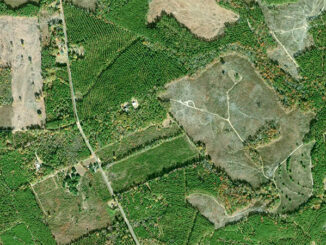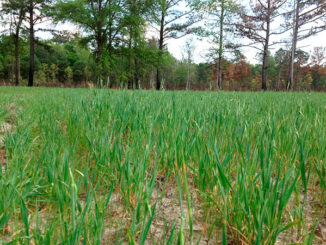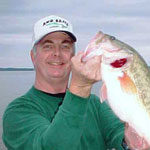Early season tactics for big bucks
Willie McCutchen with a big buck bow kill during early season. (Photo by Terry Madewell)
Hunters hav

Even in today’s digital world, printed maps are essential tools for outdoorsmen. Get a map of your hunting lease with MyTopo.com. […]

Chufa is a great crop to get in your food plots during the spring, and it will attract all types of wildlife. […]

Copyright 1999 - 2024 Carolina Sportsman, Inc. All rights reserved.
Be the first to comment